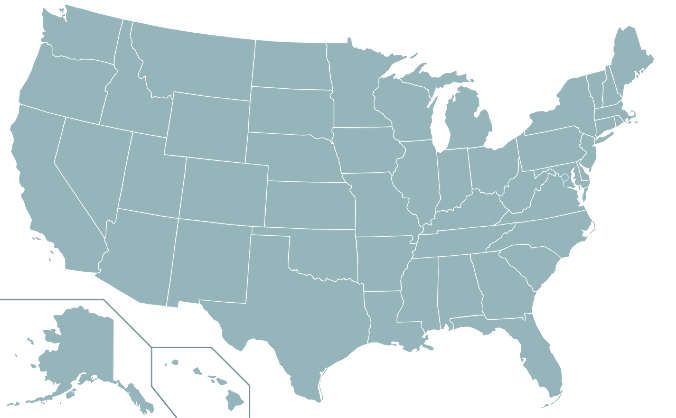
Introduction
This section offers an overview of data related to suicide.
It also includes a report on 2018-2019 data from Washington’s
colleges and universities statewide, including community and
technical colleges.
About Suicide
The Centers for Disease Control and National Institute of Mental Health are the sources for this information.
- Suicide rates have risen nationally and in almost every state, including Washington, over the last twenty years.
- Asking about suicide will not increase risk.
- Most individuals who attempt suicide will live out their natural life.
- Many people think about suicide, without ever acting on their thoughts.
Suicide Data, age-adjusted rates
National – 2018

Overall suicide rate – 14.2 per 100,000
The CDC estimates one suicide occurs for every 25 suicide attempts
College student suicide estimate
1,500 annually for a population of 20 million students; or 7.5 per 100,000
(Drum et al, 2009; Silverman et al, 1997)
College is believed to confer protective factors that help decrease higher education students’ suicide rates in comparison to their non-college age peers.
(Drum et al, 2009, Silverman et al, 1997)
Washington State Data – 2018

Overall suicide rate – 15.9 per 100,000
| 18-24 years old | Rate per 100,000 |
| Overall | 19.4 |
| Males | 27.9 |
| Females | 10.3 |
| 25-34 years old | Rate per 100,000 |
| Overall | 16.3 |
| Males | 24.8 |
| Females | 7.1 |
More data is available on the Forefront Suicide Prevention website.
